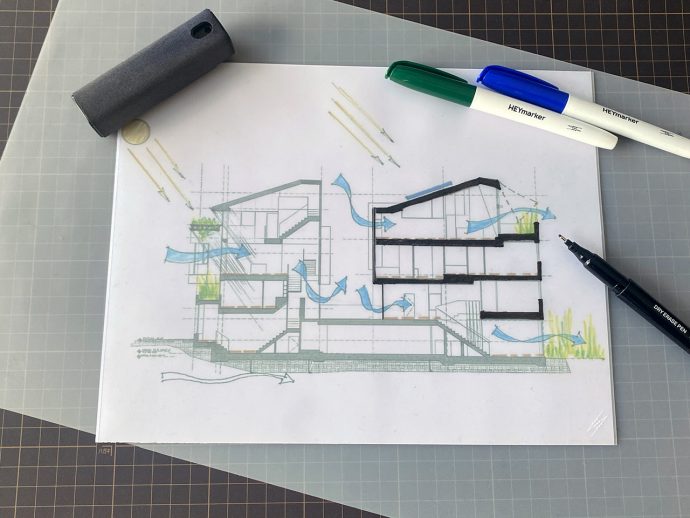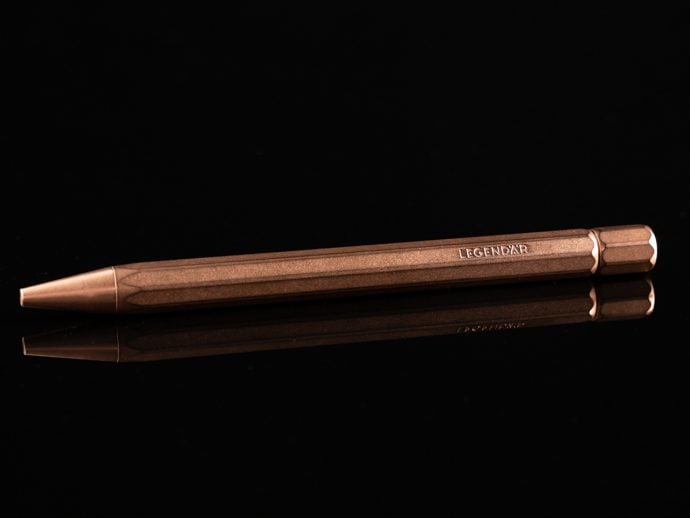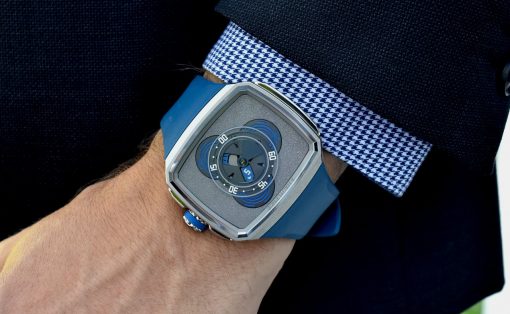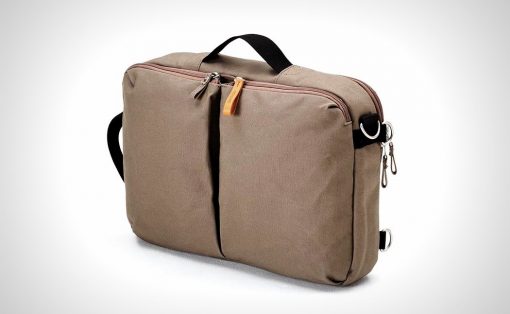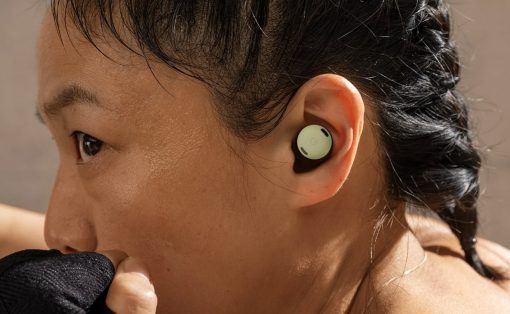You can see up to 20% of muscle loss in just 11 days of being in space. Astronauts have to exercise nearly two and a half hours each and every day to prevent muscular atrophy. Sounds pretty scary, doesn’t it? Exposure to zero gravity causes muscle fibers to shrink, making astronauts much weaker and less coordinated. Whoever thought that the lack of gravity could affect our health THIS much??
Designed to help astronauts stay fit through regular movements, the Cosmofit Exosuit was imagined for astronauts making their way to the moon with SpaceX’s upcoming mission that aims to set up a lunar base to replace the ISS in 2030. Created by Minwoo Lee, a student at Hongik University, the Cosmofit is designed to be worn indoors, and uses resistance-based training to turn simple activities like walking or reaching out for something into a micro-workout. Astronauts therefore exert more to perform basic activities, and can retain their muscle mass while in a zero gravity environment.
Designer: Minwoo Lee
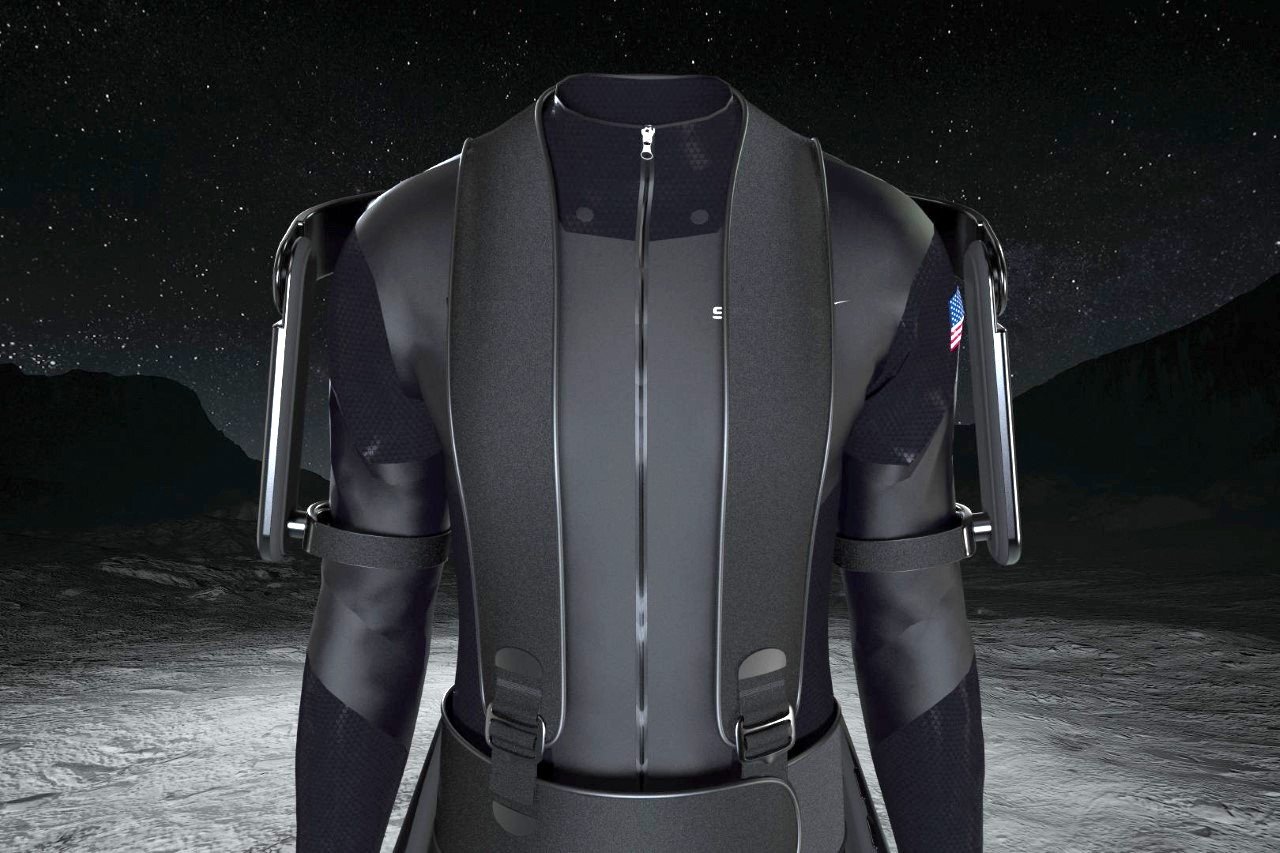
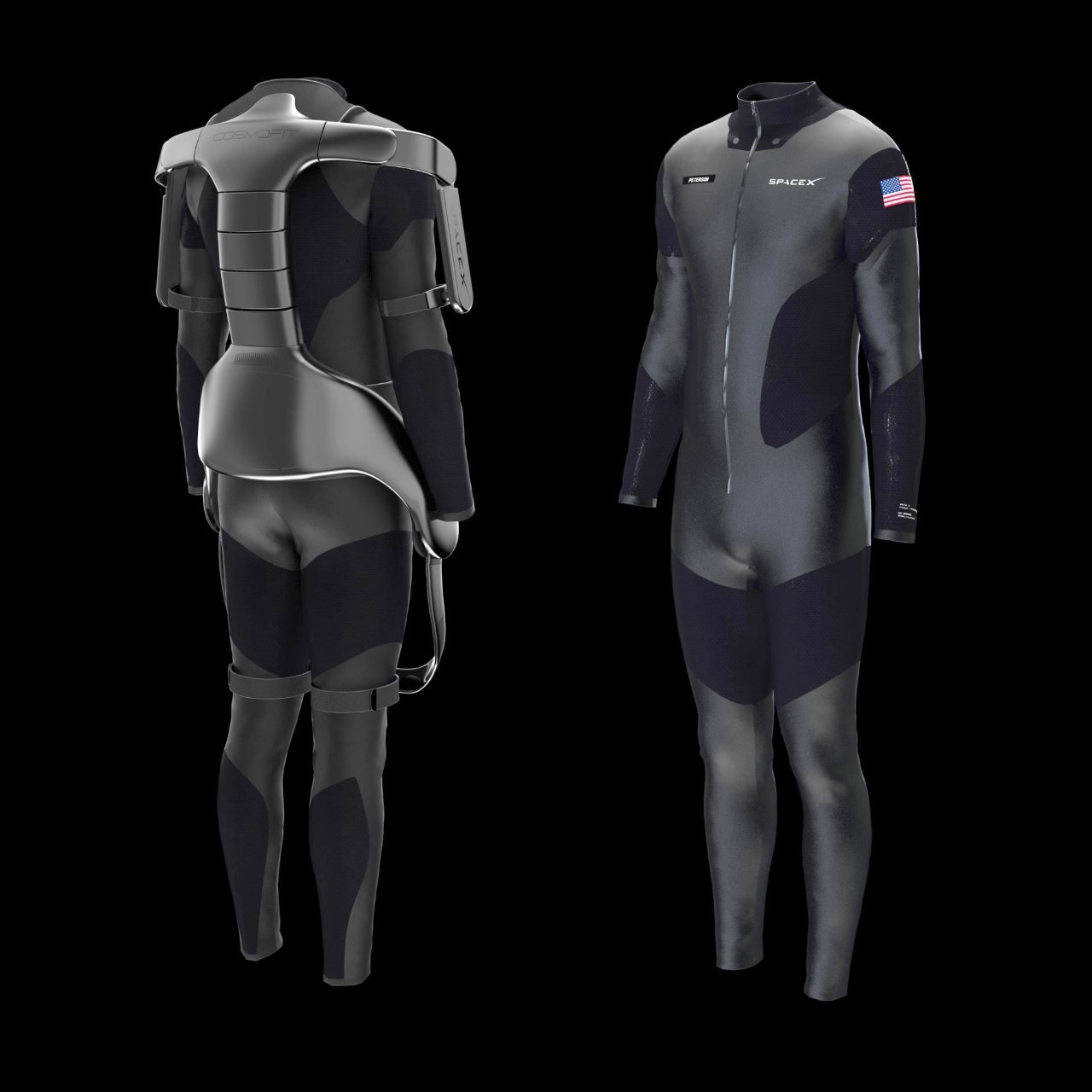
The Cosmofit bodysuit is made of two distinct parts – the suit itself, and the mechanical augmentations that attach onto the back and around your waist, or the ‘exo’ part of the suit. The suit features electrode pads laid out around different muscle groups, providing electrical stimulation to different muscles in the body to keep them active and healthy, while also helping with muscle recovery after stressful workouts. By providing electrical pulses, the suit can help rebuild muscle tissue and help with recuperation.

Meanwhile, the exoskeleton on the outside uses a series of motors to provide mechanical resistance to help you exert more pressure while moving around. This turns regular activities into mini workouts (sort of like jogging or exercising with weights strapped to your ankles) that prevent muscles from atrophying or growing weak.
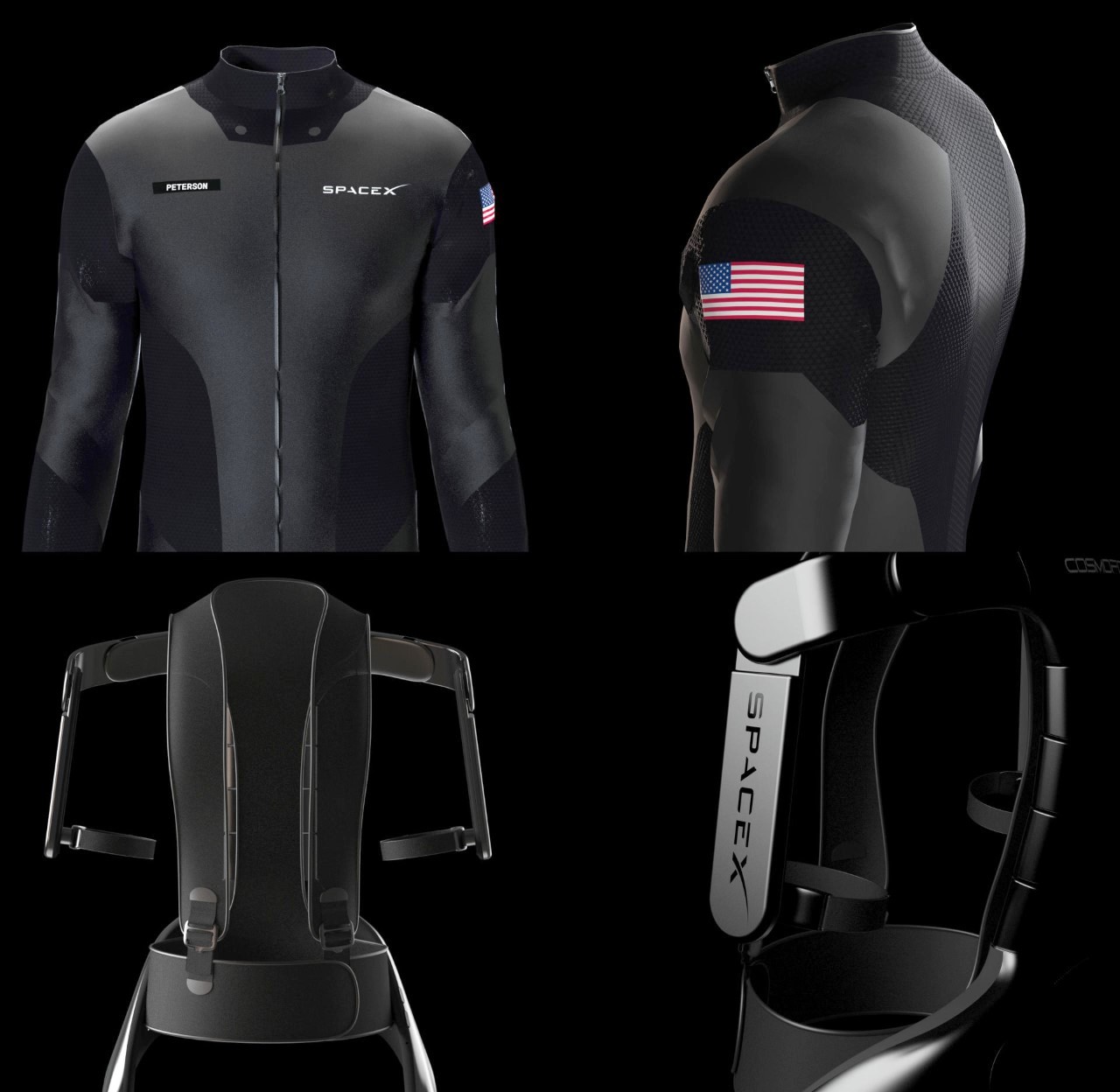
The EMS (electrical muscle stimulation) suit can be worn for long periods of time, with the exoskeleton only strapped on for certain hours in the day. There’s even a potential for the exoskeleton to track vitals and fitness levels through activity, giving astronauts a comprehensive look at how healthy they are. Two and a half hours of exercise a day sounds like quite a task… turning just daily movements into a fitness regimen sounds like a much easier way to stay healthy in zero gravity, doesn’t it??


